Special Requirements for High Frequency Signal Transmission Harnesses in Medical Equipment
In modern medical equipment, high-frequency signal transmission harnesses play a crucial role – whether it is accurate medical imaging, real-time life monitoring, or precision control in minimally invasive surgery, they all rely on stable, interference-free high-frequency signal transmission.
However, the special characteristics of the medical environment make these harnesses face far more stringent requirements than ordinary industrial applications: ultimate signal integrity to ensure the accuracy of diagnostic data, strict safety standards to avoid the risk of patients and healthcare workers, excellent durability to deal with frequent disinfection and complex use of scenarios, as well as the industry’s mandatory certification to ensure that compliance and reliability.
In this article, we will analyse the key technical points of high-frequency wiring harnesses for medical devices, and help engineers, buyers and medical device manufacturers to accurately match their needs and create zero-defect medical-grade wiring harness solutions.
The following is a detailed breakdown:
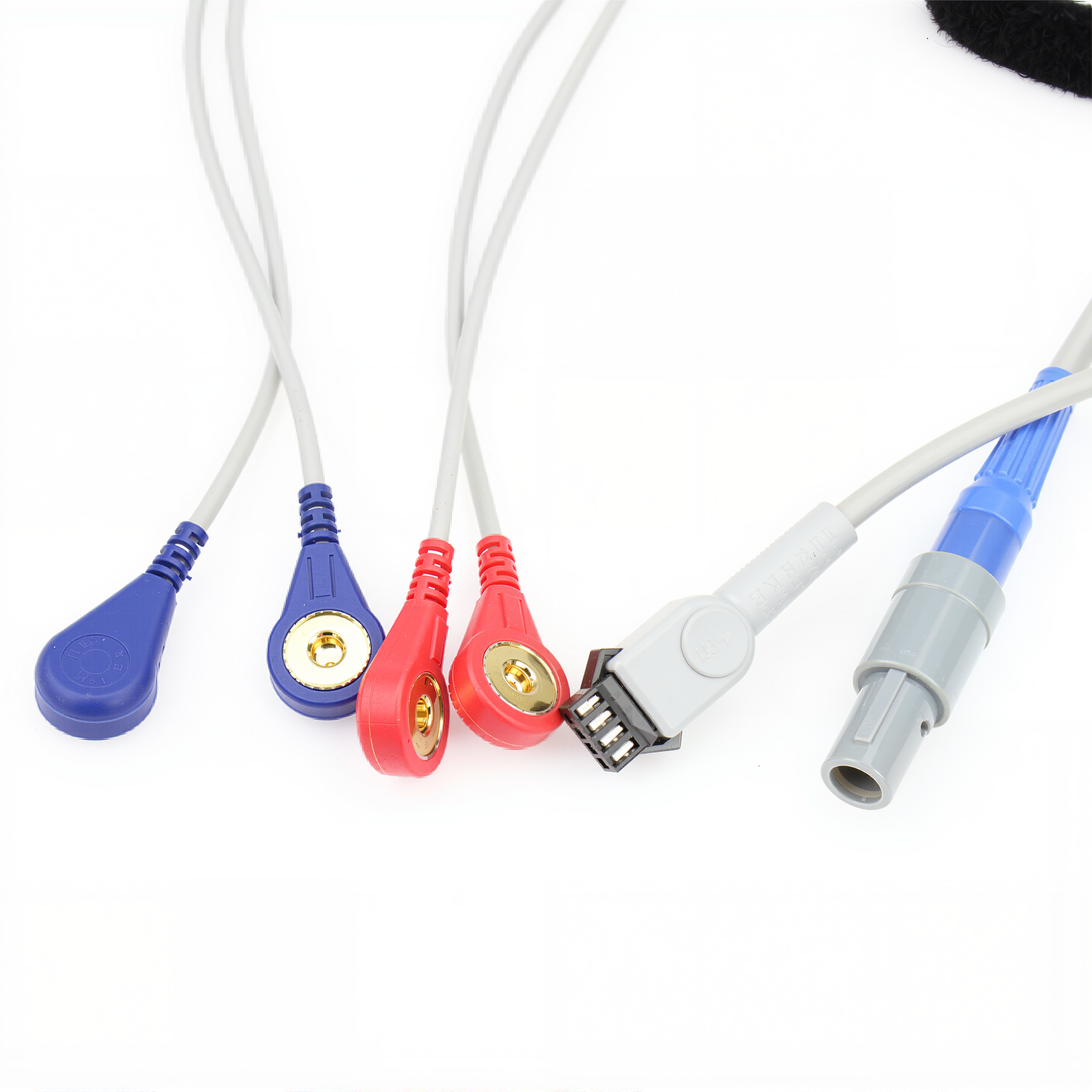
Table of contents
- Signal integrity and anti-interference requirements
- Safety and biocompatibility
- Reliability and durability
- Industry Compliance and Certification
- Special application requirements
- Summaries
Signal Integrity and Anti-Interference Requirements
In medical equipment, high-frequency signal transmission harnesses (e.g., MRI RF coils, ultrasound probes, endoscopic image transmission lines, etc.) require extremely high signal integrity.
Any signal distortion, attenuation or interference may lead to equipment misdiagnosis, blurred images or even endanger patient safety.
The following are the detailed technical requirements for medical high-frequency wire harnesses in terms of signal integrity and anti-interference:
1.1 Low Signal Loss
Problem: High-frequency signals (such as radio frequency, ultrasound, digital video) are susceptible to energy attenuation during transmission due to conductor resistance, media loss, etc., affecting data accuracy.
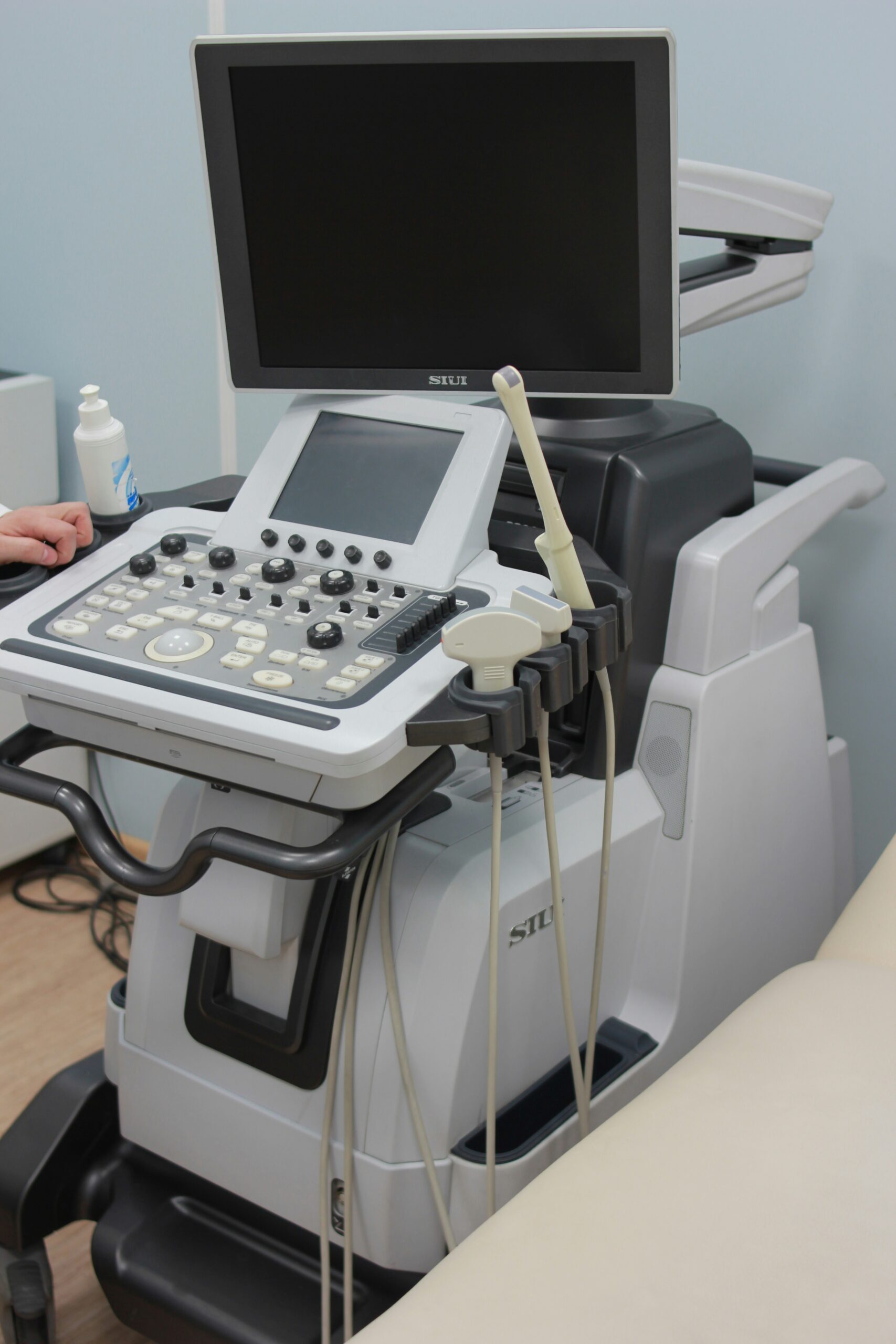
- Solution:
- Low-loss media materials:
- Use PTFE (polytetrafluoroethylene) or foamed polyethylene (Foam PE) as the insulating layer to reduce the dielectric constant (Dk) and loss factor (Df).
- For example, MRI RF harnesses are commonly insulated with PTFE, and attenuation can be controlled to ≤0.1dB/m @100MHz.
- High conductivity conductors:
- Use of silver-plated copper wires (instead of pure copper or copper-clad aluminium) reduces the Skin Effect, which causes an increase in high-frequency resistance.
- Optimised structural design:
- Coaxial harnesses (e.g., RG-178) are better suited for GHz-level high-frequency signals than twisted-pair cables, reducing radiation losses.
- Low-loss media materials:
1.2 EMI/RFI Shielding
Problem: Medical environments have complex electromagnetic interference (e.g., surgical scalpels, wireless devices, strong magnetic fields from MRI), which may result in signal noise or BER.
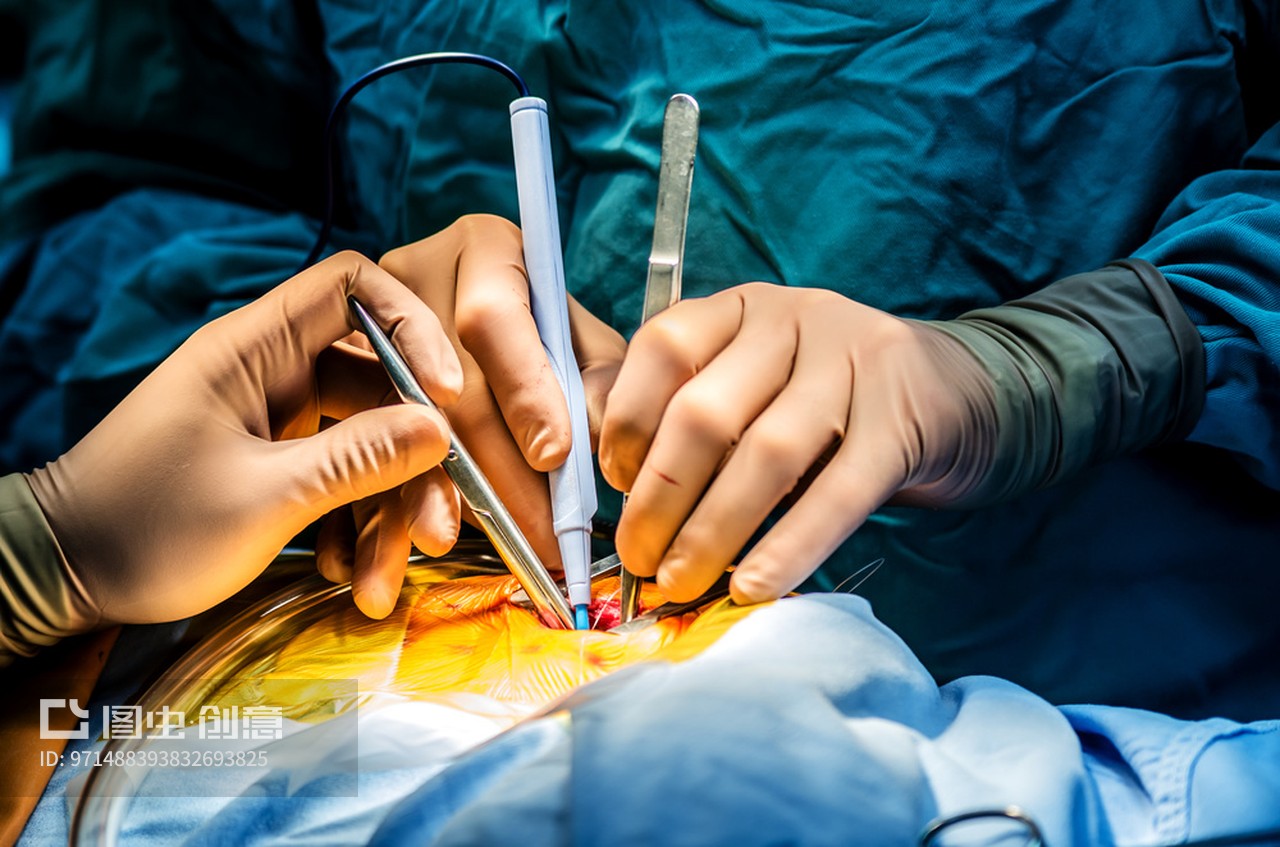
- Solution:
- Multi-layer shielding structure:
- Inner layer: Aluminium foil shielding (100% coverage) to suppress high frequency interference.
- Outer layer: tinned copper braid (≥85% coverage) to cope with low-frequency interference.
- Special scenarios: MRI harnesses need to use non-magnetic shielding materials (e.g. tinned copper).
- Shielding grounding design:
- Ensure that the shield is terminated 360° (e.g. metal connector housing) to avoid the Pigtail Effect of noise introduction.
- Differential Signal Transmission:
- Use twisted shielded wire (STP) for sensitive signals (e.g. ECG, neuroelectric signals) to eliminate interference through common mode rejection (CMR).
- Multi-layer shielding structure:
1.3 Impedance Control
Problem: Impedance mismatch causes signal reflections (return loss), which affects the efficiency of transmission of high-frequency signals (e.g., ultrasound pulses, RF energy).

- Solution:
- Strict impedance tolerances:
- 50Ω (RF) or 75Ω (video) coaxial cables are commonly used in medical equipment, and impedance fluctuations need to be controlled within ±2Ω.
- Termination optimisation:
- When using SMA, BNC and other high-frequency connectors, ensure that the interface impedance is consistent with the harness.
- Avoid right-angle bends and use rounded alignment to reduce sudden impedance changes.
- Time Domain Reflectometer (TDR) testing:
- Detect the impedance consistency throughout the harness through TDR, locate abnormal points (such as impedance jumps caused by poor crimping).
- Strict impedance tolerances:
1.4 Crosstalk Suppression
Problem: In multi-channel wiring harnesses (e.g. multi-core wires for endoscopes), signals from adjacent wires interfere with each other, resulting in image crosstalk or data errors.
- Solution:
- Individually Shielded Twisted Pair (ISTP):
- Each pair of differential signal wires is individually shielded (e.g., endoscope video transmission lines).
- Wire sequence and spacing optimisation:
- High-frequency signal lines and low-voltage power lines are separated by layers, with spacing ≥ 5 times the wire diameter.
- Adoption of Star Quad structure to enhance anti-interference capability.
- Common Mode Choke:
- Add a magnetic loop filter at the end of the harness to suppress common mode noise.
- Individually Shielded Twisted Pair (ISTP):
1.5 Validation Methods
To ensure the reliability of the harness in real medical scenarios, the following tests need to be passed:
- Network Analyser (VNA) test:
- Measurement of S-parameters (S11 Return Loss, S21 Insertion Loss) to ensure return loss below -30dB @ 1GHz.
- Eye Diagram test:
- Evaluates jitter and noise tolerance of digital signals (e.g. endoscopic HDMI transmission).
- EMC Testing:
- Conforms to IEC 60601-1-2 standards, verifying the immunity of the harness to RF radiation (3V/m@80MHz-2.7GHz).

Safety and Biocompatibility
High-frequency signal transmission harnesses in medical devices (e.g., ultrasound probes, endoscopes, MRI gradient coils, etc.) must meet stringent safety and biocompatibility standards to ensure the safety of patients and healthcare workers while avoiding medical errors due to defects in materials or design.
2.1 Requirements for sterility and sterilisation resistance
Medical harnesses may come into direct contact with patient bodily fluids or the surgical environment and must be resistant to multiple disinfection methods without deterioration or failure.
- Resistant to chemical disinfectants:
- Resistant to alcohol, isopropyl alcohol, hydrogen peroxide and other commonly used liquid disinfectants.
- The outer skin material must not become brittle or cracked due to disinfectant soaking (e.g. silicone or special TPU materials).
- Resistant to high temperature and high pressure sterilisation (Autoclave):
- Some surgical instrument harnesses need to withstand 121°C high temperature steam sterilisation (e.g. PTFE insulation).
- They remain flexible after long-term autoclaving (e.g. ETFE).
- Resistant to radiation sterilisation:
- No degradation of harness performance after gamma or ethylene oxide (ETO) sterilisation (e.g. halogen-free materials).

2.2 Non-Toxic Materials and Biocompatibility
Harness materials shall not release hazardous substances to avoid irritation or toxic reactions to human tissue.
- Conforms to ISO 10993:
- Cytotoxicity test (ISO 10993-5): to ensure that the material does not inhibit cell growth (e.g. medical grade silicone).
- Allergenicity test (ISO 10993-10): to avoid causing skin sensitisation (e.g. nickel-free connector plating).
- Haemocompatibility testing (ISO 10993-4): to prevent haemolysis or thrombosis (e.g. cardiovascular device harnesses).
- No Hazardous Substances:
- Complies with RoHS 3.0 and REACH regulations, which prohibit the use of lead, cadmium, mercury, hexavalent chromium, and phthalates.
- No PVC (polyvinyl chloride), which can release plasticisers (e.g. DEHP).

2.3 Leakage Prevention and Electrical Safety
Medical device harnesses need to be absolutely insulated against the risk of electrical leakage in high humidity, liquid exposure environments.
- High voltage isolation design:
- Surgical scalpel harnesses need to withstand ≥ 4kV high voltage to prevent breakdown (e.g. multi-layer silicone insulation).
- Insulation resistance ≥ 100 MΩ (IEC 60601-1 standard).
- Double insulation or reinforced insulation:
- Redundant insulation structure (e.g. heat-shrink tubing + silicone sheath) in critical areas (e.g. joints).
- Anti-short circuit design:
- Multi-core wire harnesses need to be independently shielded to avoid conductor contact leading to short circuit (e.g. medical monitor harnesses).
2.4 Waterproof and anti-corrosion
Medical wiring harnesses may come into contact with blood, saline or disinfectant, and need to be protected against infiltration and chemical corrosion for a long time.
- IP protection rating:
- Endoscope or ultrasound probe harnesses need to be IP67/IP68 (fully dustproof, waterproof for short-term immersion).
- Corrosion-resistant materials:
- Conductors are gold-plated or nickel-plated (oxidation-resistant) to avoid oxidation due to copper exposure (e.g. ECG electrode wires).
- The outer jacket is hydrolysis resistant (e.g. PUR (polyurethane) material).
- Sealing process:
- Laser welded or injection moulded encapsulation at the joints (e.g. IPX8 standard for medical connectors).
2.5 Mechanical safety and ergonomics
Harnesses need to be designed to avoid physical harm to patients or healthcare workers.
- No sharp edges or burrs:
- The connector housing needs to be rounded (in accordance with IEC 60601-1 mechanical safety requirements).
- Tensile design:
- With Kevlar tensile fibre or spiral armouring (e.g. for bedside monitoring harnesses).
- Flexible and low noise:
- Avoid friction to generate noise (e.g. silent harnesses for operating theatres).

2.6 Requirements for special application scenarios
Different medical devices have differentiated requirements for the biosafety of wiring harnesses.
| Application Scenarios | Special Biosafety Requirements |
| Implantable Devices | Harness materials need to be stable over time (e.g. PEEK insulation) to avoid in vivo degradation or rejection. |
| Blood Contact Devices | Surface anticoagulant coating (e.g. heparinised treatment) to prevent thrombosis. |
| Neonatal Monitoring | Ultra-soft harness (e.g. silicone sheath) to avoid skin crush. |
| Dental Equipment | Resistant to frequent bending (e.g. high speed handpiece harnesses) and resistant to UV sterilisation. |
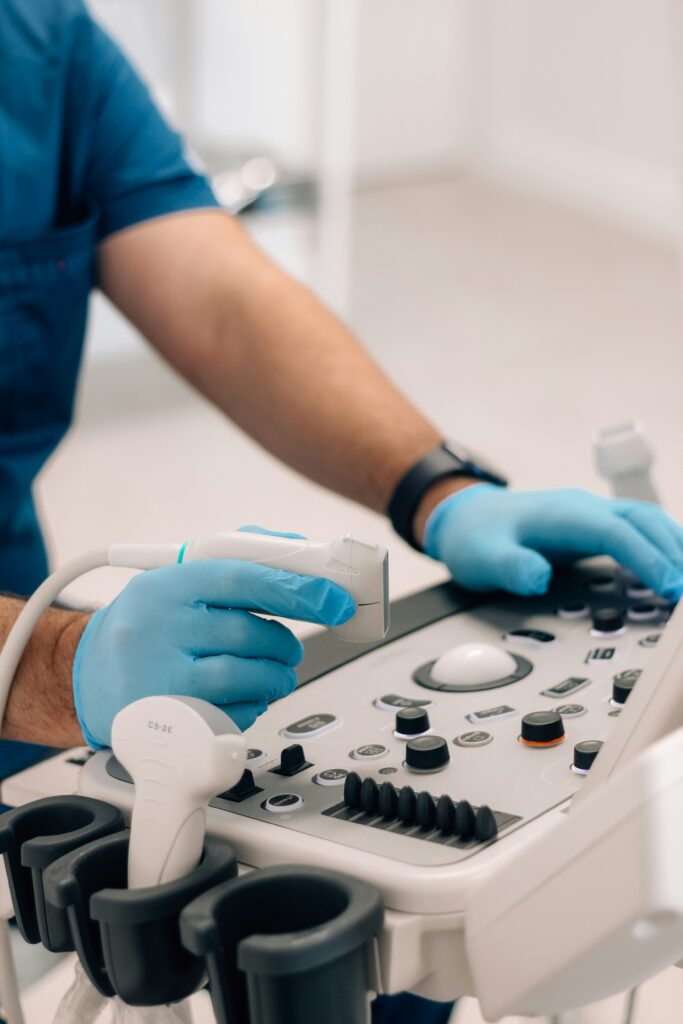
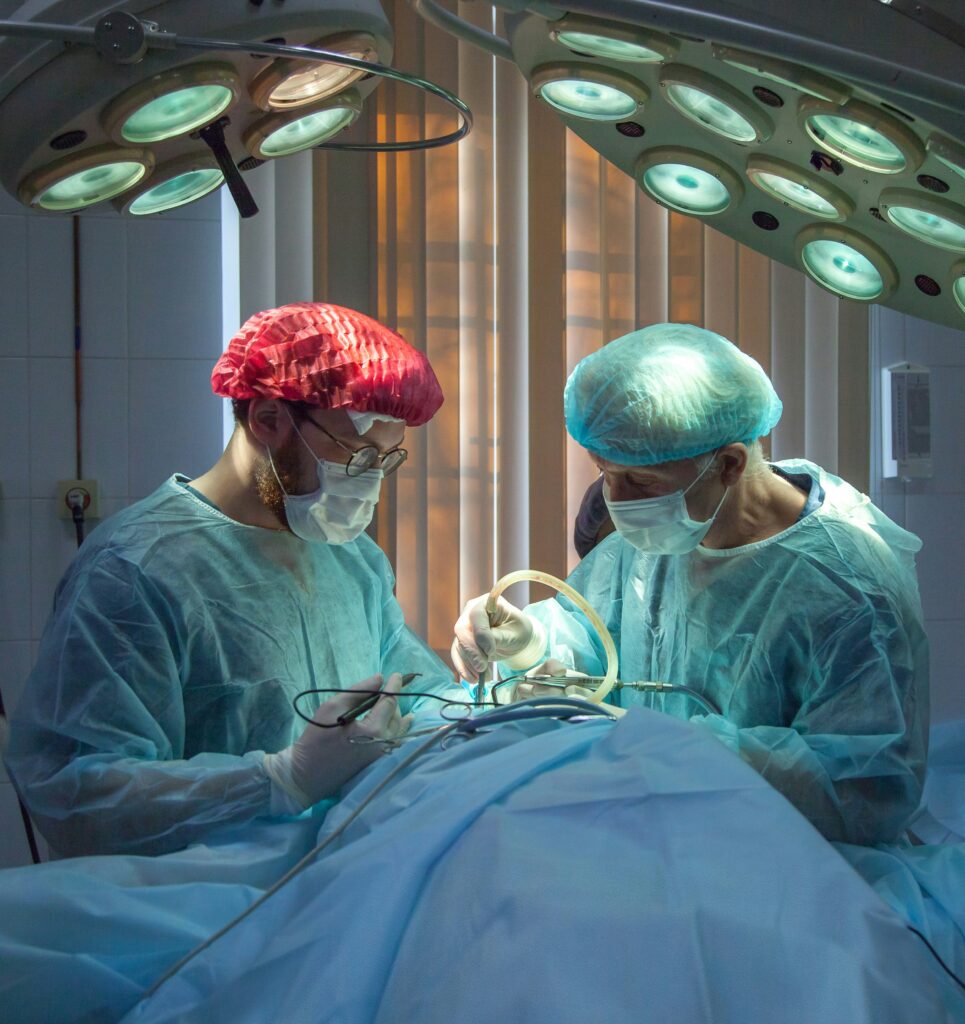
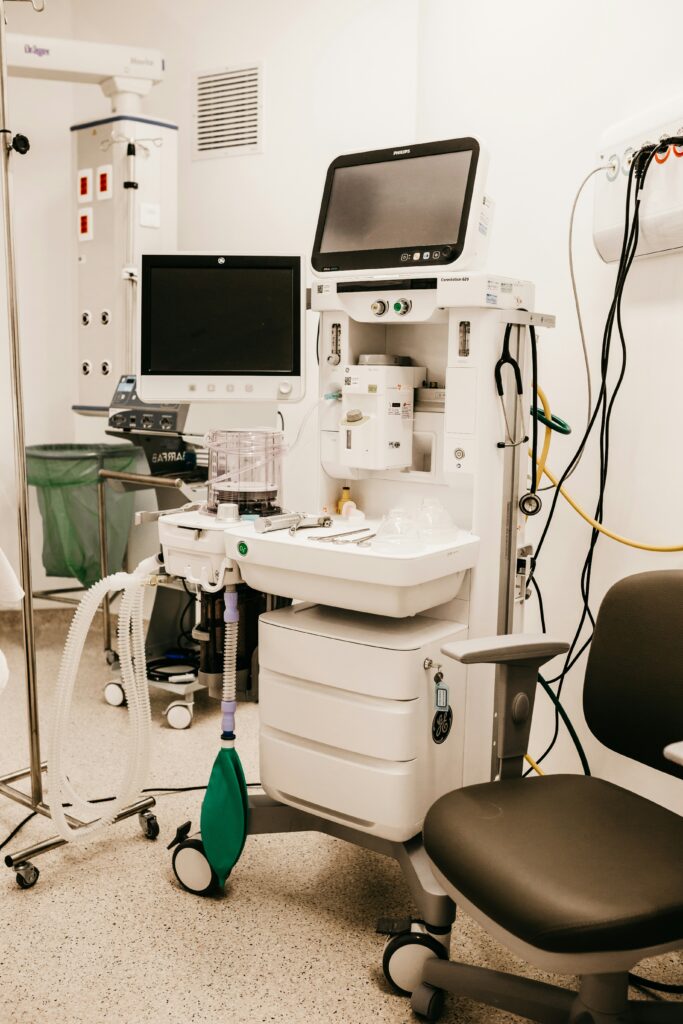
Reliability and Durability
In medical equipment, the reliability and durability of high-frequency signal transmission harnesses are directly related to the long-term stable operation of the equipment and patient safety.
Due to the complexity of the medical environment (e.g. frequent sterilisation, mechanical bending, temperature and humidity changes, etc.), the harness must meet stringent physical and electrical performance requirements.
3.1 High Bending Life Design
Wiring harnesses for medical devices (e.g. ultrasound probes, endoscopes, catheters, etc.) need to withstand repeated bending during long-term use, and ordinary harnesses are prone to breakage due to metal fatigue.
- Ultra-flexible conductor: Use multi-stranded fine stranded copper wires (e.g. 0.05mm diameter tinned copper wires) instead of single-core wires to improve bending performance.
- Bend-resistant jacket: Use TPU (thermoplastic polyurethane) or silicone material to avoid PVC cracking due to repeated bending.
- Bend radius optimisation: Dynamic applications (e.g. ultrasound probe wires) require a minimum bend radius of ≥5 times the wire diameter.
- Fatigue test standard: Pass IEC 60601-1-11 durability test (e.g. signal degradation ≤3% after 50,000 bending cycles).
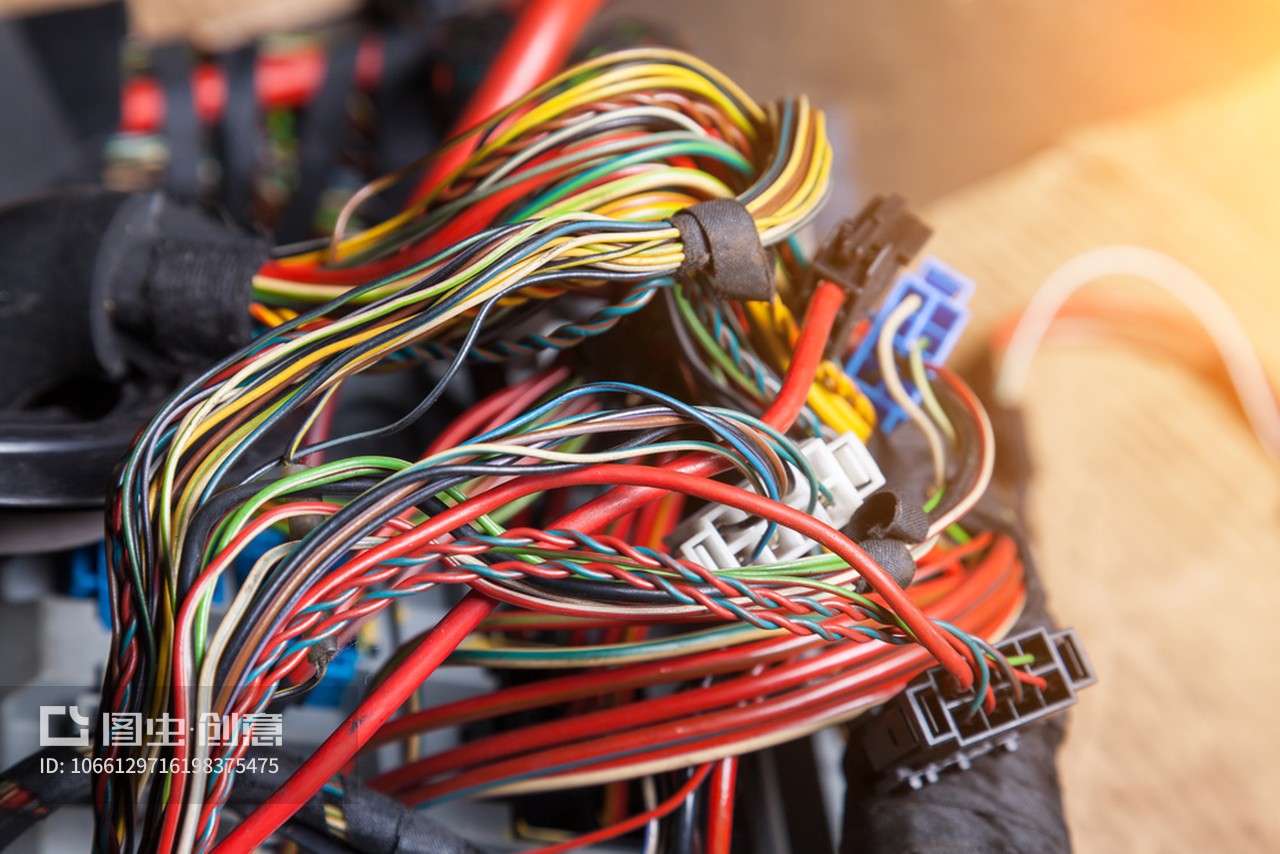
3.2 High and low temperature performance
Medical wiring harnesses need to be adapted to high temperature sterilisation (e.g. high pressure steam) or low temperature storage (e.g. frozen surgical equipment).
- High temperature resistance:
- Short-term resistance to 121°C autoclaving (e.g. silicone insulation).
- Long-term resistance to 85°C (e.g. surgical light harnesses).
- Low Temperature Flexibility: Flexibility at -40°C (e.g. Arctic medical equipment).
- Material Selection:
- Insulation: PTFE (polytetrafluoroethylene) resistant to temperatures of -200°C to 260°C, but costly; silicone resistant to temperatures of -60°C to 200°C, more commonly used.
- Jacket: cross-linked polyethylene (XLPE) or fluorine rubber (FKM) chemical resistance.

3.3 Mechanical stress resistance
Medical wire harnesses are often pulled, twisted or stressed and need to be protected from internal breakage or signal interference.
- Tensile reinforcement layer: Add aramid fibre or Kevlar fibre outside the shielding layer (tensile strength ≥200N).
- Anti-extrusion structure: Spiral armour or metal braid to protect the internal wires (e.g. surgical robot harnesses).
- Strain relief design: Strain relief sleeves are used at harness end connections (e.g., monitor lead wires).
3.4 Long-term Stability and Life Requirements
Medical equipment (e.g., MRI, X-ray machines) usually requires a service life of more than 10 years, and the aging of the wiring harness may cause failures.
- Material anti-aging: add UV stabiliser (e.g. outdoor medical equipment harnesses).
- Anti-oxidation treatment: Tin or silver plating of conductors to prevent oxidation (reduce contact resistance).
- Plugging and unplugging durability: connectors plugged and unplugged ≥ 5000 times (e.g. ECG electrode wires).
- Accelerated aging test:
- 85°C/85% humidity environment test 1000 hours (simulate 10 years of use).
- Salt spray test (ASTM B117) to verify corrosion resistance.
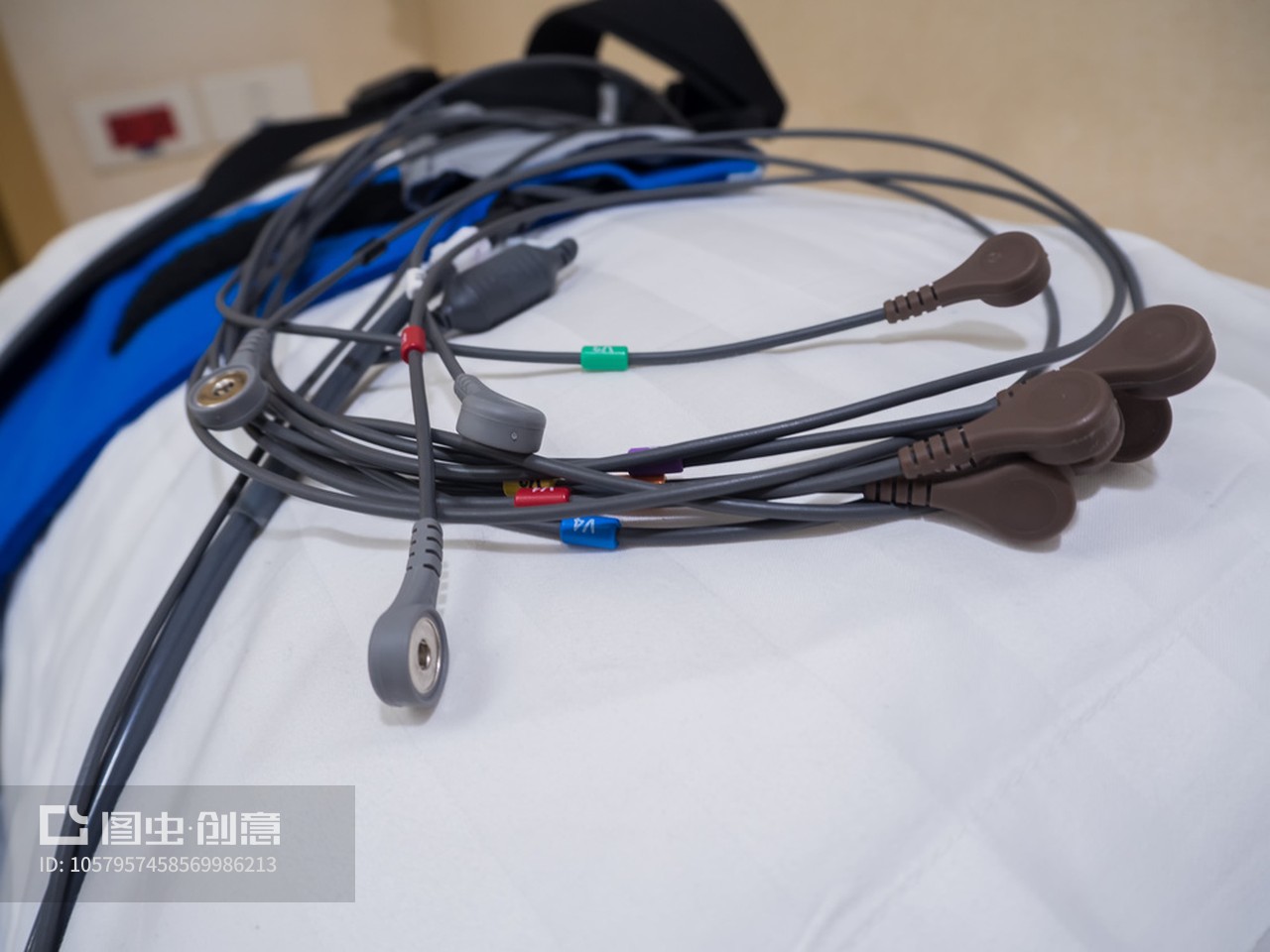
3.5 Special Environmental Adaptability
Different medical scenarios have differentiated durability requirements for wiring harnesses.
- Scenario-based solutions:
| Application Scenarios | Reliability Challenges | Solutions |
| Operating theatre electrosurgical wires | High-frequency currents cause local overheating | High-temperature-resistant silicone + double-layer shielding to prevent arc breakdown. |
| Mobile Monitoring Equipment | Frequent movement causes wear and tear on wire harnesses | Abrasion-resistant nylon sheath + tensile braid. |
| Dental Handpiece Harnesses | Water Vapour and Chemical Corrosion | Waterproof IPX8 rated + Alcohol Resistant Material. |
| MRI Superconducting Coils | Liquid Helium Cryogenic Environment (-269°C) | Superconducting Niobium-Titanium alloy wire + Vacuum insulation. |
Industry Compliance and Certification
Medical device high-frequency signal transmission harnesses must comply with strict international regulations and industry standards to ensure safety, reliability and electromagnetic compatibility (EMC).
4.1 Electrical Safety Standards
Medical wiring harnesses need to prevent risks such as leakage and short circuit to ensure patient and operator safety.
- Core standards:
- IEC 60601-1 (General requirements for basic safety and performance of medical electrical equipment)
- Requirement for insulation withstand voltage (e.g. harnesses need to withstand 1500V AC/1 minute test).
- Requires grounding continuity (impedance ≤ 0.1Ω).
- Limit the temperature rise of the harness (e.g., long-term operation surface temperature ≤ 41°C).
- IEC 60601-2-XX (additional standards for specific equipment, e.g. surgical robots, ultrasound machines, etc.).
- IEC 60601-1 (General requirements for basic safety and performance of medical electrical equipment)

4.2 Electromagnetic compatibility (EMC) requirements
HF harnesses need to avoid interference with other equipment and at the same time resist external electromagnetic interference.

- IEC 60601-1-2 (EMC standard for medical equipment)
- Radiated Emission (RE): Harness radiated noise needs to be below the limit (e.g. 30MHz~1GHz band).
- Immunity Test: Including Electrostatic Discharge (ESD), Radio Frequency Interference (RFI), Electrical Fast Transient (EFT), etc.
- For example, a wire harness needs to maintain signal stability in a 3V/m RF field.
- CISPR 11 (Limits of radio nuisance characteristics for industrial/medical equipment).
4.3 Biocompatibility Certification
Wiring harness materials are required to pass biosafety tests when in direct or indirect contact with the human body.
- ISO 10993 (Biological evaluation of medical devices)
- Part 5: Cytotoxicity test (to ensure that the material is not cytotoxic).
- Part 10: Skin sensitisation test.
- Part 11: Systemic toxicity testing (e.g., soluble heavy metal precipitation limits).
- USP Class VI (U.S. Pharmacopeia Standard for Biocompatibility of Plastic Materials).
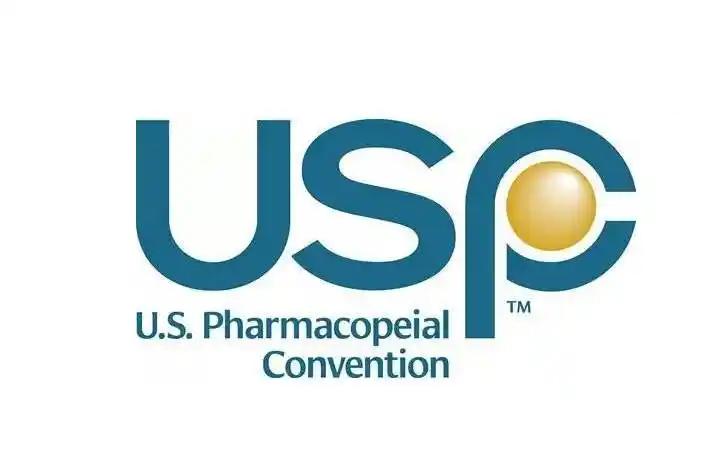
4.4 Environmental Protection and Restriction of Hazardous Substances
Medical harnesses are required to avoid the use of hazardous substances and comply with global environmental regulations.

- RoHS 3.0 (European Union Restriction of Hazardous Substances Directive)
- Restriction of lead (Pb), cadmium (Cd), mercury (Hg), hexavalent chromium (Cr⁶⁺) and other 10 types of substances.
- REACH (Registration, Evaluation, Authorisation and Restriction of Chemicals in the European Union)
- Requirement to declare SVHC (Substances of Very High Concern) content.
- China GB/T 26572 (Restricted Substance Requirements for Electrical and Electronic Products).
4.5 Industry-specific certifications
Different medical devices have specific certification requirements for wire harnesses.

- Wiring harness for MRI equipment:
- ASTM F2503 (MRI environmental safety marking to ensure non-magnetic materials).
- IEC 60601-2-33 (special safety requirements for MRI equipment).
- Surgical scalpel harness:
- IEC 60601-2-2 (safety standard for high-frequency surgical equipment, withstanding high voltage ≥ 4kV).
- Implantable device harnesses:
- ISO 13485 (Medical Device Quality Management System Certification).
4.6 Testing and Verification Process
Compliant wiring harnesses are required to pass laboratory testing and obtain a certification report.
- Electrical safety test:
- Voltage withstand test, insulation resistance test, ground impedance test.
- EMC test:
- Radiated emission (RE), conducted emission (CE), immunity (EMS).
- Environmental reliability test:
- High and low temperature cycling (-40°C~85°C), humidity and heat aging (85°C/85%RH).
- Mechanical performance test:
- Bending life (e.g. ultrasonic harnesses need to pass 50,000 times bending test).
4.7 Global Market Access Requirements
Certification requirements for medical harnesses vary in different countries/regions:
- EU: CE marking (subject to MDR 2017/745 regulation).
- USA: FDA 510(k) (some harnesses need to be declared as accessories).
- China: NMPA registration (in accordance with GB 9706.1).
- Japan: PMDA certification (based on JIS T 0601-1 standard).
Special Application Requirements
There are many types of medical equipment, and the requirements for high-frequency signal transmission harnesses vary significantly from one device to another. The following is a comparative analysis of high-frequency harness requirements for typical medical equipment (classified by equipment type):
| Medical Device Types | High Frequency Signal Transmission Characteristics | Key Harness Requirements | Recommended Harness Solutions | Industry Standard References |
| MRI (Magnetic Resonance Imaging) Systems | – High-frequency RF signals (64MHz~1.5GHz) – Strong magnetic field environment (1.5T~7T) | – Non-magnetic materials (e.g., silver-plated copper conductors) – Ultra-high shielding effectiveness (≥90dB) – Cryogenic tolerance (withstands -269°C liquid helium for superconducting coils) – Low dielectric loss (PTFE insulation) | – Multi-layer shielded coaxial cables (e.g., gold-plated SMA connectors) – Specialized superconducting gradient coil cables | ASTM F2503 (MRI safety marking) IEC 60601-2-33 |
| Ultrasound Diagnostic Equipment | – High-frequency pulse signals (2MHz~20MHz) – Multi-channel transmission (128~256 elements) | – Ultra-flexible design (bend cycles >100,000) – Resistant to coupling gel corrosion (non-PVC jacket) – Low signal delay (phase consistency ±5°) – Miniaturization (probe cable diameter ≤1mm) | – Micro coaxial cables (e.g., RG178) – Silicone-jacketed waterproof cables | IEC 61157 (acoustic output measurement) ISO 10993-5 (biocompatibility) |
| Endoscopes (Electronic/Fiber Optic) | – HD video signals (HDMI/CoaXPress) – High-frequency electrosurgical signals (≥300kHz) | – Ultra-fine conductors (≤0.3mm single-core wire) – Withstands autoclaving (121°C/15psi) – Bend fatigue resistance (360° rotation tolerance) – Fluid ingress protection (IP68 sealing) | – Silver-plated micro coaxial cables – Hybrid fiber-optic/power cables | ISO 13485 (quality management) AAMI ST91 (sterilization compatibility) |
| Electrosurgical Units (ESU) | – High-frequency current (300kHz~3MHz) – High-voltage pulses (peak ≥4kV) | – High-voltage insulation (silicone/ETFE materials) – Low capacitance design (minimizes energy loss) – Arc-resistant coating – Dedicated monopolar/bipolar structures | – Dual-layer silicone-insulated cables – Shielded high-frequency electrosurgical cables | IEC 60601-2-2 (electrosurgical safety) UL 544 (electrical safety) |
| Patient Monitors (ECG/EEG) | – Weak bioelectric signals (0.05Hz~10kHz) – Motion artifact immunity | – High signal-to-noise ratio (≥85% shield coverage) – Anti-static interference (conductive carbon coating) – Skin-contact safety (nickel-free connectors) – Lightweight (cable weight <50g/m) | – Silver-plated braided shielded cables – Detachable ferrite bead filters | IEC 60601-2-27 (ECG equipment) ANSI/AAMI EC53 |
| Surgical Robots (e.g., Da Vinci System) | – High-speed data (USB3.0/fiber optic) – Real-time control signals (latency <1ms) | – High bandwidth (≥10Gbps) – EMI resistance (twisted pair + foil shielding) – Robotic arm motion tolerance (bend radius ≥5D) – Modular plug-and-play design | – Hybrid fiber-optic/copper cables – Robotic drag chain cables | ISO 13482 (robot safety) IEC 61000-6-2 (EMC) |
| In Vitro Diagnostic Devices (PCR/Blood Analyzers) | – High-frequency RF heating (PCR) – Precision sensor signals (μV-level) | – Thermal cycling resistance (-20°C~120°C) – Low thermal expansion coefficient (minimizes drift) – Chemically inert materials (resists acids, blood) | – PTFE-insulated wires – Sealed connectors (fluid splash-proof) | CLIA (lab standards) ISO 15189 |
Summaries
Medical equipment high frequency signal transmission harnesses are not just simple connecting components, but also a key component to ensure accurate diagnosis and treatment, patient safety and reliable operation of equipment. From anti-interference design to biocompatible materials, from harsh environmental adaptability to international standard certification, every detail has a direct impact on the performance and safety of medical equipment.
In the future, as medical technology advances – such as higher-frequency image transmission, smarter surgical robots, and more sophisticated remote monitoring – high-frequency wiring harnesses will continue to innovate in their design to meet the demands of more efficient, safer, and smarter healthcare.
Choosing high-quality wire harnesses that meet medical standards is escorting life. As a professional manufacturer, we are committed to providing high-performance, high-reliability medical-grade wiring harness solutions to help the development of medical technology and guard human health.



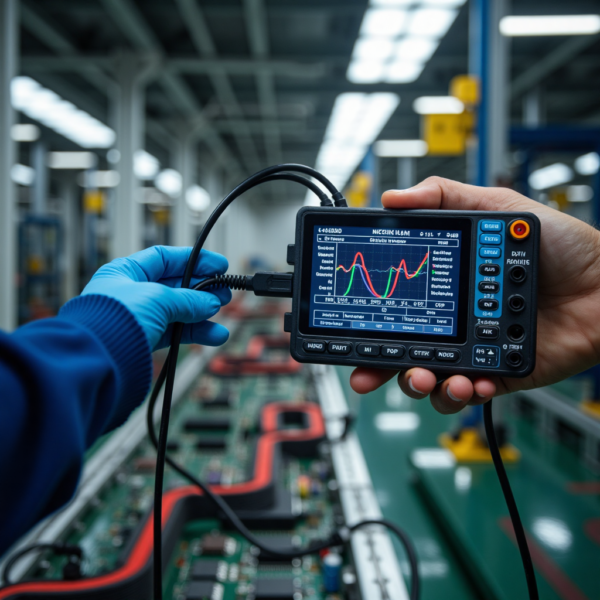
Leave a Comment